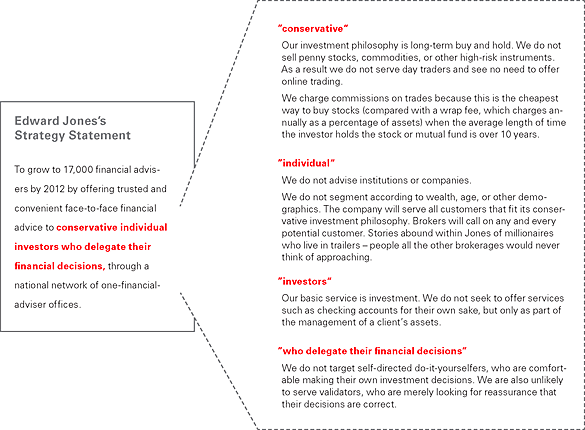How to Write a Personal Investment Policy Statement in Just 10 Hours
Post on: 30 Июнь, 2015 No Comment

How to Write a Personal Investment Policy Statement in Just 10 Hours
BlogHer Original Post
An investment policy statement is a statement that defines your investment philosophy, objectives and risk tolerance over the long-term. Of course, the actual process of writing the statement may only take an hour or less, but the thinking that goes into writing a statement may take much longer. Companies, nonprofit institutions, and government pension funds have investment policies. The individual investor can also benefit from such a statement.
The major sections of a personal investment statement may include:
Objectives (2 hours): What are your goals for your investments? Some examples of goals can be for retirement (retire at age 65, have an after-tax income of $50,000, amass a portfolio of $1 million by age 65, etc.) or other big-ticket items (to save $40,000 each for two children’s college education in 15 years, to purchase a $200,000 vacation home in South America in 10 years). If you are married and have combined finances, an investment statement also needs to take into account the wishes and objectives of both spouses.
Target Asset Allocation (2 hours): Here, you would list out your desired asset allocation, or the proportion of your investment you would allocate to stocks (higher-risk, higher-reward), bonds (lower-risk, lower-reward), and cash (no risk to loss of principal, but risk of inflationary erosion). If you’d like, you can even set out target asset allocation for each major category. For example, of your stock allocation, you might want to have a certain percentage devoted to international stocks, large U.S. stocks, and small U.S. stocks. Bonds may be divided between U.S. Treasury bonds, corporate bonds, or municipal bonds.
Investment Selection Criteria (2 hours): What kind of funds or stocks would you select for your investment? How do you decide whether to buy or sell a particular investment? Some people stick to index funds (mutual funds that match a market benchmark, say, the S&P 500), while others use managed funds (funds with investment managers that seeks to beat a market benchmark) or a mix of both. Some criteria might be: expense ratios, past performance, company’s financial ratios. Having a statement on the types of funds you would select minimizes the risk that you will fall for the “next big stock” touted by an ill-informed family member or an unscrupulous broker.
Rebalancing (2 hours): Rebalancing, the act of buying or selling stocks to bring your asset allocation back to its target, is important for an investment portfolio’s long-term health. But many people don’t rebalance as often as they should. A rebalancing section in the investment policy can set out when and why you rebalance (a sample text might be “I will rebalance my asset allocation once a year in the month of May” or “I will rebalance my asset allocation once the current allocation deviates from my desired allocation by 5% or more”). With a framework in place, you would be likely to rebalance.
Putting it all together (2 hours): This finally stage involves putting your thoughts and discussions on the above elements on paper. Spouses should both sign off on the statement, then put it away in a safe place. In an often turbulent market, a personal investment policy statement can be invaluable in reminding you of your objectives and help you avoid undue risks.














